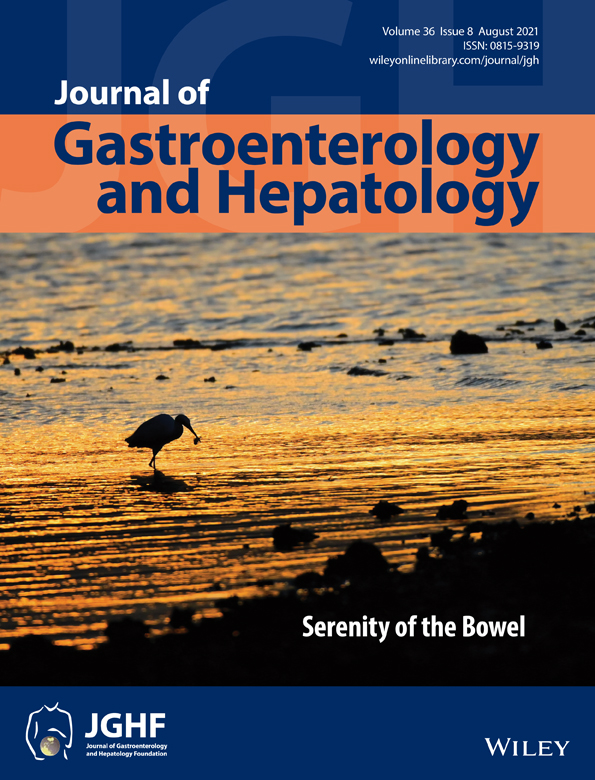Too little, too late: Palliation and end-stage liver disease
Declaration of conflict of interest: None to declare
Abstract
Background and Aim
End-stage liver disease is a leading cause of mortality. Fewer than 60% of patients with decompensated cirrhosis survive after 2 years, with patients often experiencing distressing symptoms impairing quality of life. Early advanced care planning and timely palliative care referral can improve quality of life and the end of life experience. We aimed to determine palliative care referral rates and patterns for patients admitted with decompensated cirrhosis, and to identify the factors associated with referral.
Methods
This was a retrospective, single-center study undertaken at a metropolitan tertiary referral hospital. Patients admitted between the 1 June 2016 and 31 January 2019 with a Child–Pugh score of B or C, and a model for end-stage liver disease score ≥ 15 were included. We assessed survival and compared those referred and not referred to palliative care, adjusting for lag-time to referral (Kaplan–Meier analysis).
Results
One-hundred and sixteen admissions met eligibility criteria for referral. The median age at admission was 59 years, with 76% male participants. Only a fifth of eligible patients (25/116) were referred to palliative care. The median survival (from referral) for those referred to palliative care was 20 days, versus 148 days for those not referred.
Conclusions
Despite benefits from timely referral, less than one quarter of palliative care eligible patients was referred. Referral appears reserved for those facing imminent death—surviving just under 3 weeks postreferral, yet mortality in nonreferred patients remained high (148-day median). Low rates and late referral are a missed opportunity to improve the end of life care for patients with end-stage liver disease.




